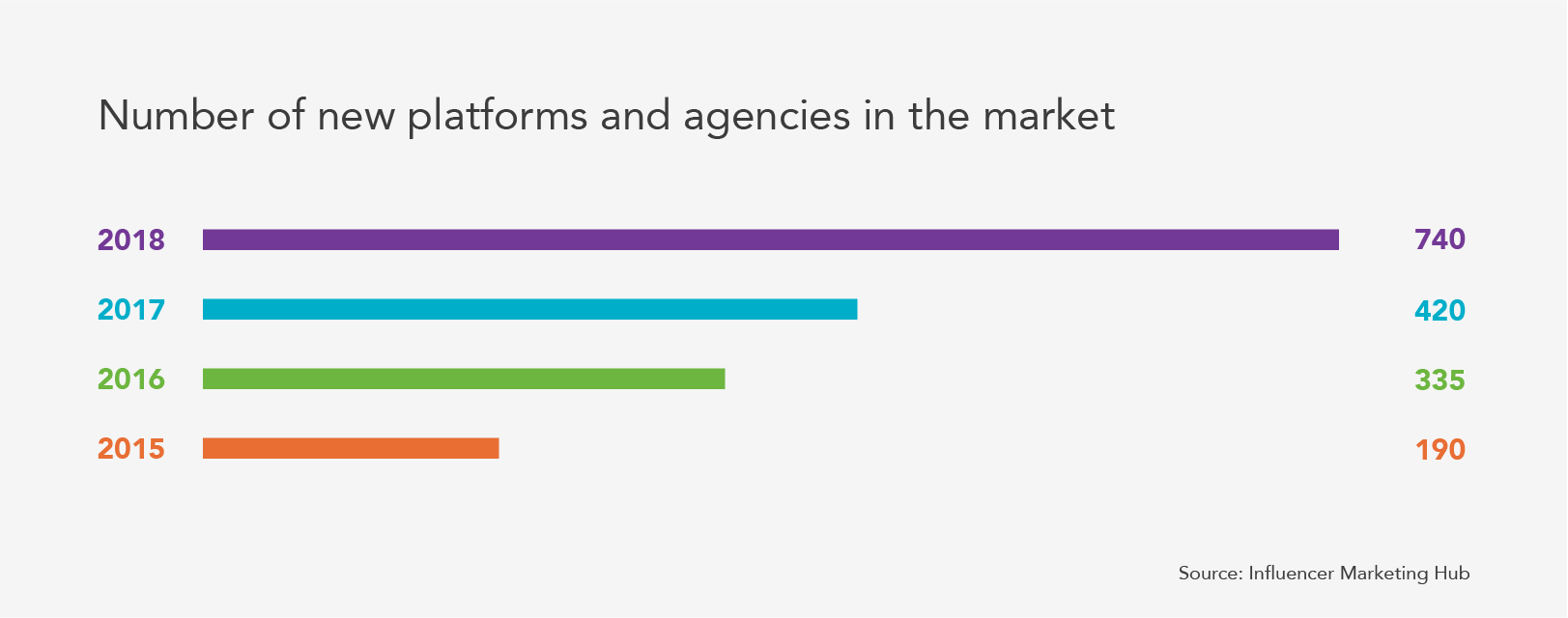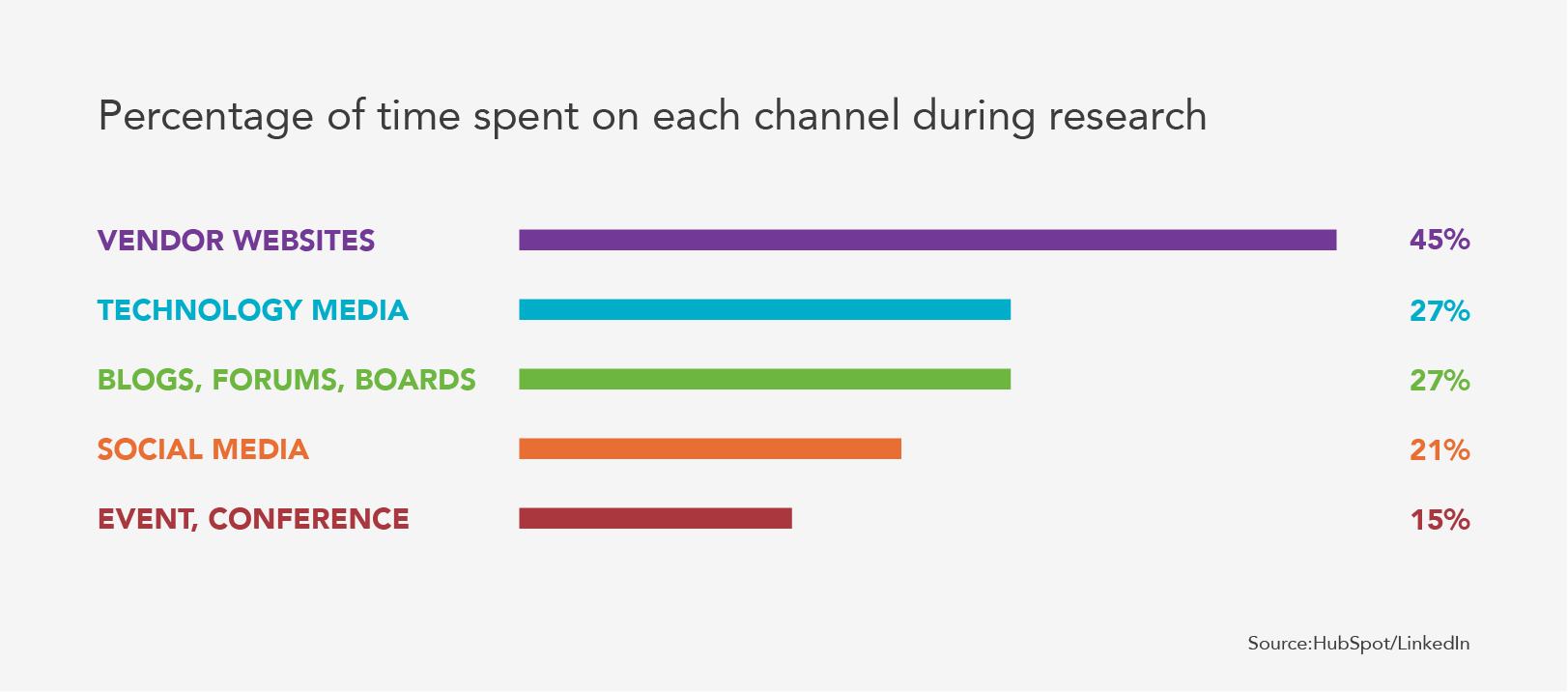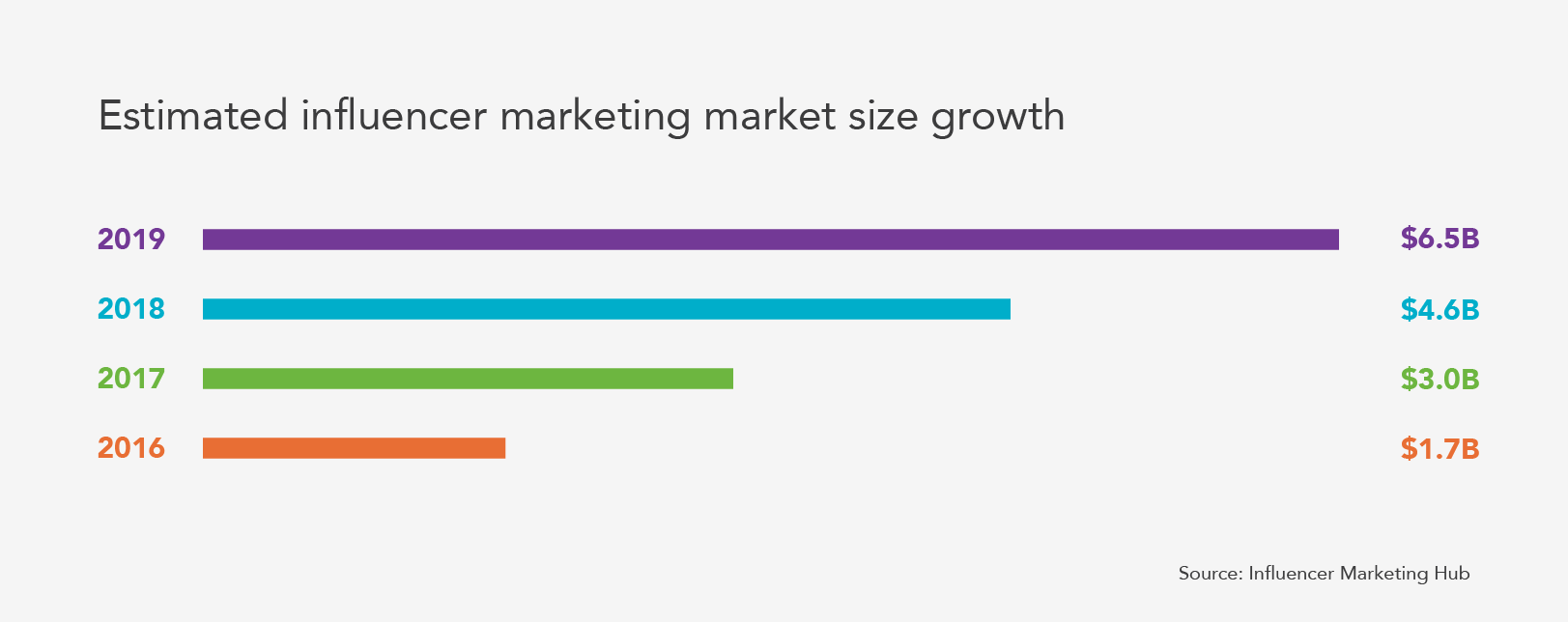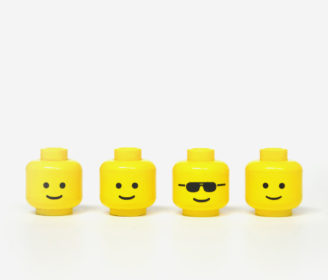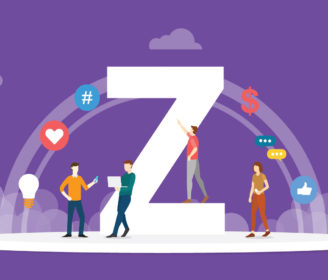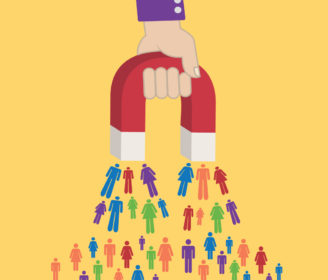From Measurement to Improvement: An Agile Approach to Employee Engagement
Few would dispute that the world in which we live and work is changing at an extraordinary pace. In this dynamic landscape, business executives face immense pressure to not only survive – but thrive. In other words, they have to keep up with the pace while bumping up profits.
Continuous innovation is a strategy we hear…

